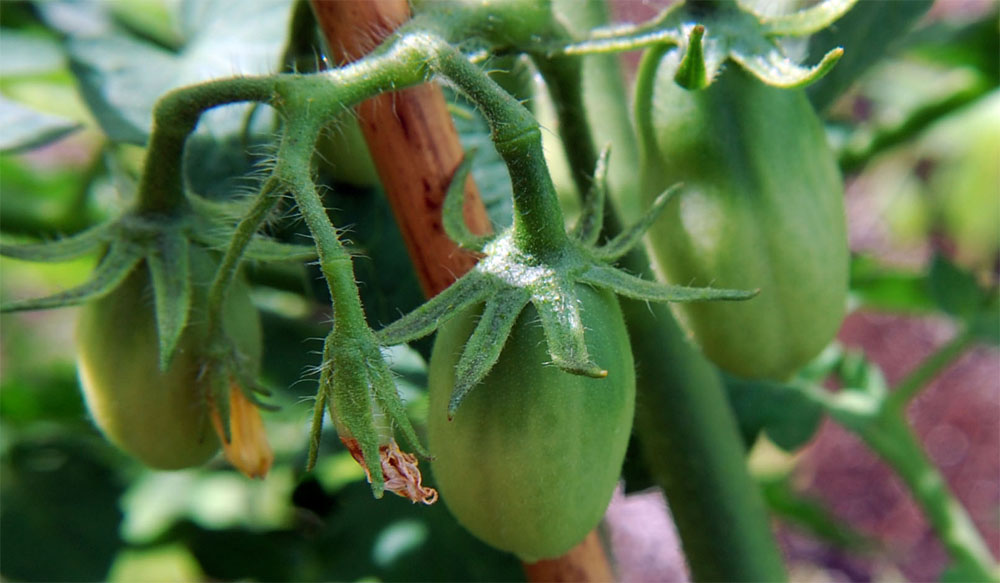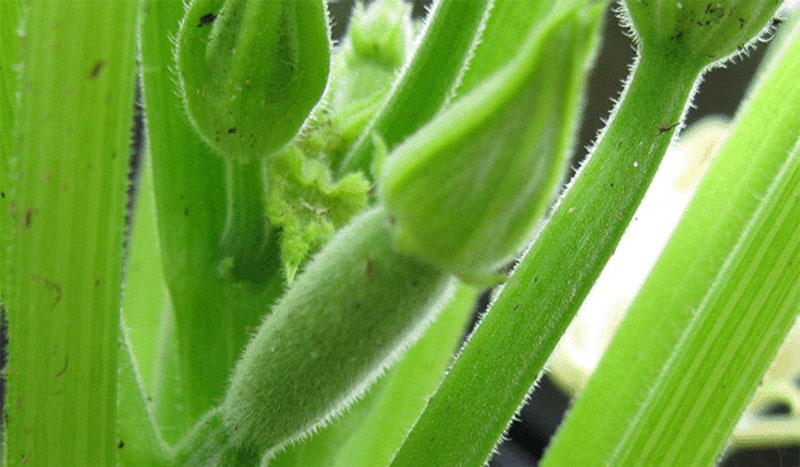Trowel
The indispensable trowel is needed to dig holes for small plants and bulbs. Buy one with a blade of average width, as this is versatile enough for all jobs. Make sure the handle is comfortable and wear gloves when carrying out mass plantings; it is easy to get a blister.
Buckets and trugs
You can never have Coo many buckets. I use two when weeding (one for compostable weeds and one for perennial roots). Always keep a bucket of water with you when planting, to give each plant a good drink before it goes in the soil. Trugs (shallow baskets) are brilliant for transporting small potted plants, freshly lifted perennials, bulbs and so on, and for collecting flowers or vegetables.
Spring-tine rake and broom
Keeping the garden tidy is important and to rake up leaves and other rubbish from lawns, a spring-tine rake can be used lightly. If you press harder and dig deeper, a spring-tine rake is useful for scarifying the turf and removing dead grass and weeds. A broom with medium bristles sweeps most paths and hard areas.
Knife
Buy a general-purpose, straight-bladed knife for taking cuttings, trimming the ends of string and so on. You’ll also need a sharpening stone and oil to keep the blade sharp.
Pruning tools
Buy the most expensive pair of hand pruners you can afford¡ªI using them will be a joy and they’ll last well. You will need j long-handled pruners (I call them loppers) for thicker stems. Al folding pruning saw takes care of most small branches.
Watering cans
To keep a garden healthy, you will need a couple of large watering cans with roses (sprinklers) on the end. Use them for watering in plants that are newly planted, feeding plants, I watering plants in containers and to keep seedlings moist.
Shears
For a lawn of any size, edging shears are a must. These allow you to trim the grass edge while standing comfortably. Ordinary hand shears are just right for trimming small hedges regularly (most gardeners opt for mechanical shears for long, tall hedges). They will also take care of small areas of long grass, say at the base of a tree where bulbs are naturalized.
Hoes
Those with small or average-sized gardens can probably survive quite well without a hoe, although they are always useful to have. But those with kitchen gardens will find them indispensable. The most useful is a push-pull Dutch hoe. The blade severs weeds from their roots and you can clear an area of weeds in no time, as long as the blade is sharp. Regular use of a sharpening stone is important.
Other tools
Having started with a basic set of tools, you can gradually add more as and when required. There are many different kinds of hoe and for the kitchen garden, a draw hoe is useful for chopping at weeds and also for drawing long drills in the ground. An onion hoe is similar, but has a shorter handle.
A metal garden rake for drawing to and fro to level soil is useful for creating seedbeds and for raking gravel. Where weeds come up between cracks in paving stones, a great alternative to weedkiller is to dig them out using a specially designed hand-weeder. There are many types on the market, all designed to wiggle out tap roots and dig into a variety of nooks and crannies.
For straightening lawn edges and any other job where cutting sod is involved, a half moon iron is brilliant. But on a small scale, some gardeners will use an old, long-bladed kitchen knife for cutting sod.
Besoms (birch brooms) are excellent for sweeping lawns. Use them to distribute worm casts or to brush topdressing into holes.
There is a vast array of irrigation equipment on the market. Larger gardens will benefit from a long hose kept on a reel. Personally, I can live without sprinklers and watering nozzles, but I know some people like to have them.




